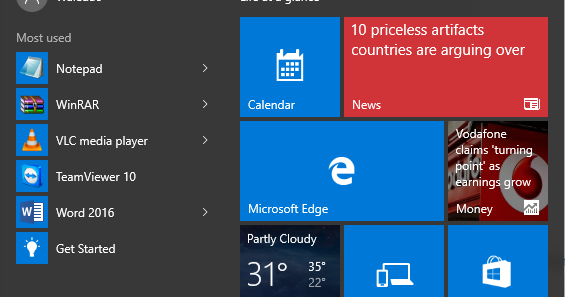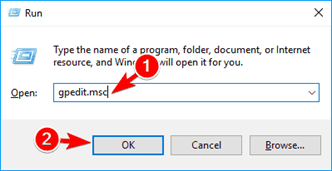

- WINDOWS 10 DRIVER SIGNING DISABLE PERMANENTLY INSTALL
- WINDOWS 10 DRIVER SIGNING DISABLE PERMANENTLY DRIVERS
- WINDOWS 10 DRIVER SIGNING DISABLE PERMANENTLY WINDOWS 10
WINDOWS 10 DRIVER SIGNING DISABLE PERMANENTLY INSTALL
If you don’t want to use the method above to permanently disable Driver Signature Enforcement, here is a solution for you to temporary turn off Driver Signature Enforcement to install unsigned driver:

Option 2: Disable Driver Signature Enforcement Once If you need to enable the Driver Signature Enforcement again, run this command instead: From now on, you will be able to install or run any unsigned driver without problems.
WINDOWS 10 DRIVER SIGNING DISABLE PERMANENTLY WINDOWS 10
In Windows 10 or 8, just press the Windows key + X and then select “Command Prompt (Admin)”. Open a Command Prompt with admin privileges.Option 1: Disable Driver Signature Enforcement Completely

WINDOWS 10 DRIVER SIGNING DISABLE PERMANENTLY DRIVERS
Today, we’ll show you 2 methods to disable Driver Signature Enforcement in Windows 10, 8, 7 (64-bit) so you can then install / load unsigned drivers without problems. The problem is that many devices ship with unsigned drivers. After installing an unsigned device driver, it will always result in a blue screen of death during the startup process. It was designed to prevent unsigned device drivers (or kernel modules in general) from being loaded and executed. Open Group Policy Editor and navigate to User Configuration > Administrative Templates > System > Driver Installation.ĭouble-click on Code signing for device drivers entry.Ĭlick on Enabled and in the dropdown box select Ignore.In 64-bit operating systems starting with Windows Vista, Windows will load a kernel-mode driver only if the driver is signed. Group Policy Editor will not work on Windows 10 Home unless you enable it. If you want to disable driver signature enforcement permanently, you can try using bcdedit.exe /set nointegritychecks on and bcdedit.exe /deletevalue nointegritychecks if you change your mind later. Once you've installed your drivers, open the Command Prompt again and type in bcdedit /set TESTSIGNING ON and reenable Secure Boot in your BIOS. Every BIOS is different, but this setting can usually be found in the Security tab. In this case, you'll need to reboot, enter the BIOS and disable Secure Boot Policy. You may receive an error message that says "The value is protected by Secure Boot policy and cannot be modified or deleted." Open the Command Prompt or PowerShell as admin. When you reboot, driver signature enforcement will be automatically turned on. When your computer restarts, press F7 to select Disable driver signature enforcement. Hold down the Shift key and click on Start > Power > Restart.Ĭlick on Troubleshoot > Advanced options > Startup Settings and click the Restart button. If you're wondering which method to use, we recommend this step.

We like the option of disabling digital signing one-time, and this can be accomplished by pretending to troubleshoot a problem. TIP: Hard to fix Windows Problems? Repair/Restore Missing Windows OS Files Damaged by Malware with a few clicks


 0 kommentar(er)
0 kommentar(er)
